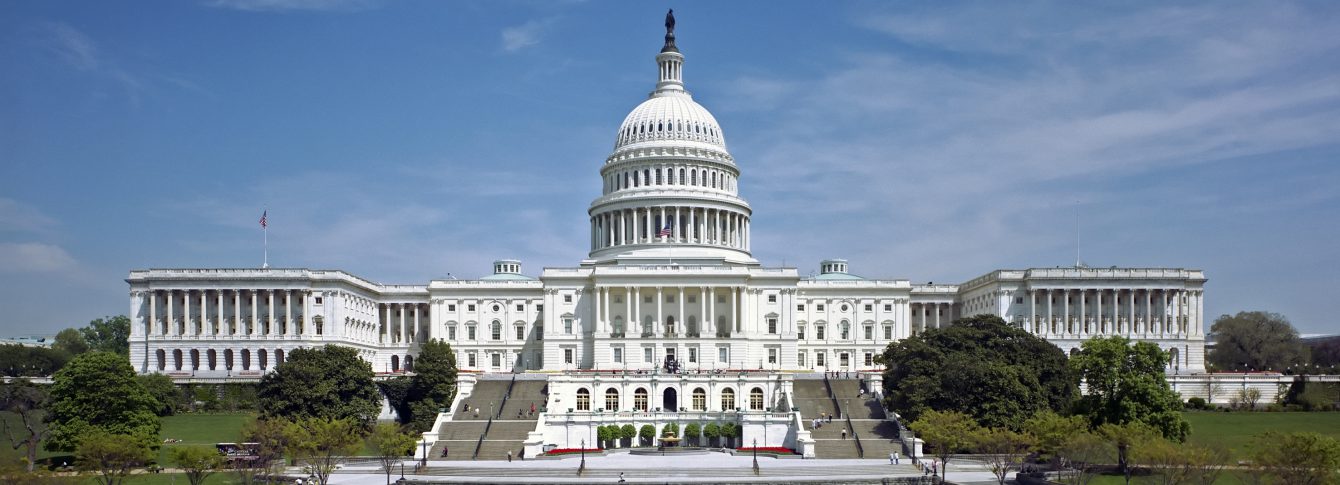Where Do Your Tax Dollars Go? It’s Not Where You Think

Where do your tax dollars go?
“Down the drain.” Ha, too easy.
If you watch the news, read a newspaper, or—god forbid—peruse the internet, you could be forgiven for thinking that the bulk of the federal government’s almost $4 trillion budget goes toward welfare, aid to foreign countries, and supporting illegal immigrants.
But you would be wrong.
Here’s the deal: about 80 percent of every tax dollar goes to three programs that Americans cherish. In fact, most Americans would prefer to see more investment in:
-
- Social Security ($1.3 trillion/33 percent)
-
- Medicare and health ($1.1 trillion/27 percent)
- Military and veterans’ benefits ($770 billion/20 percent)

So in the remaining 20 percent of the government’s nearly $4.5 trillion budget, are there programs we can cut that might make a dent in the federal budget (and our taxes)? The answer is that after four decades of trickle-down economics that have slashed and burned taxes, investment, and a wide swathe of government programs, the only major source of fat left in the federal budget is the military, with a colossal $819 billion for 2019, or nearly 20% of the federal budget.
While our bloated and socialistic military is given more money than the Pentagon even asks for, most other federal agencies could use more investment. Food and agriculture investment is $135.7 billion, or four percent of the budget. While you could make the argument that we maybe shouldn’t be subsidizing ethanol, or McDonald’s and Coke’s industrial food-like products because of the hugely insidious impact it has on our healthcare spending—our farmers also feed our country.

Education investment is $102.3 billion, or three percent of the budget, and college tuition has been soaring for decades. Many middle class Americans struggling to pay for their sons’ and daughters’ education think more money should be invested in our most productive asset—our people, particularly for apprenticeships, and grants and loans that fund higher education. (It’s pretty hard to buy a house in your twenties like Americans used to do when you already have a mortgage-sized debt from your college.)
The transportation budget is $85 billion, or two percent of the federal budget. This infrastructure funding ensures that our interstates and bridges can carry 18-wheelers, that airports can service our passengers, and our ports and railways can carry our freight.
Together, investment in energy, environment, and science comprises about $75 billion, or about two percent of overall investment. This funding keeps our nuclear arsenal safe, maintains our access to electricity and fuel, ensures we have clean air to breathe and water to drink, and funds the basic scientific research that brings us world-changing technologies such as a cure for polio, and the computer chip and Internet that drive America’s advantage in economic growth.

IDF artillery forces fire into the Gaza Strip as part of Operation Protective Edge in 2014.
International aid, a good portion of which supports Israel (mostly militarily), accounts for $50.2 billion, or one percent of the federal budget. Housing and Community investment accounts for $61.5 billion, or two percent of federal investment.
So, let’s say you’re the budget director of the federal government for a day. Which investments would you cut that could make a significant impact on the current federal budget deficit of $973 billion?
